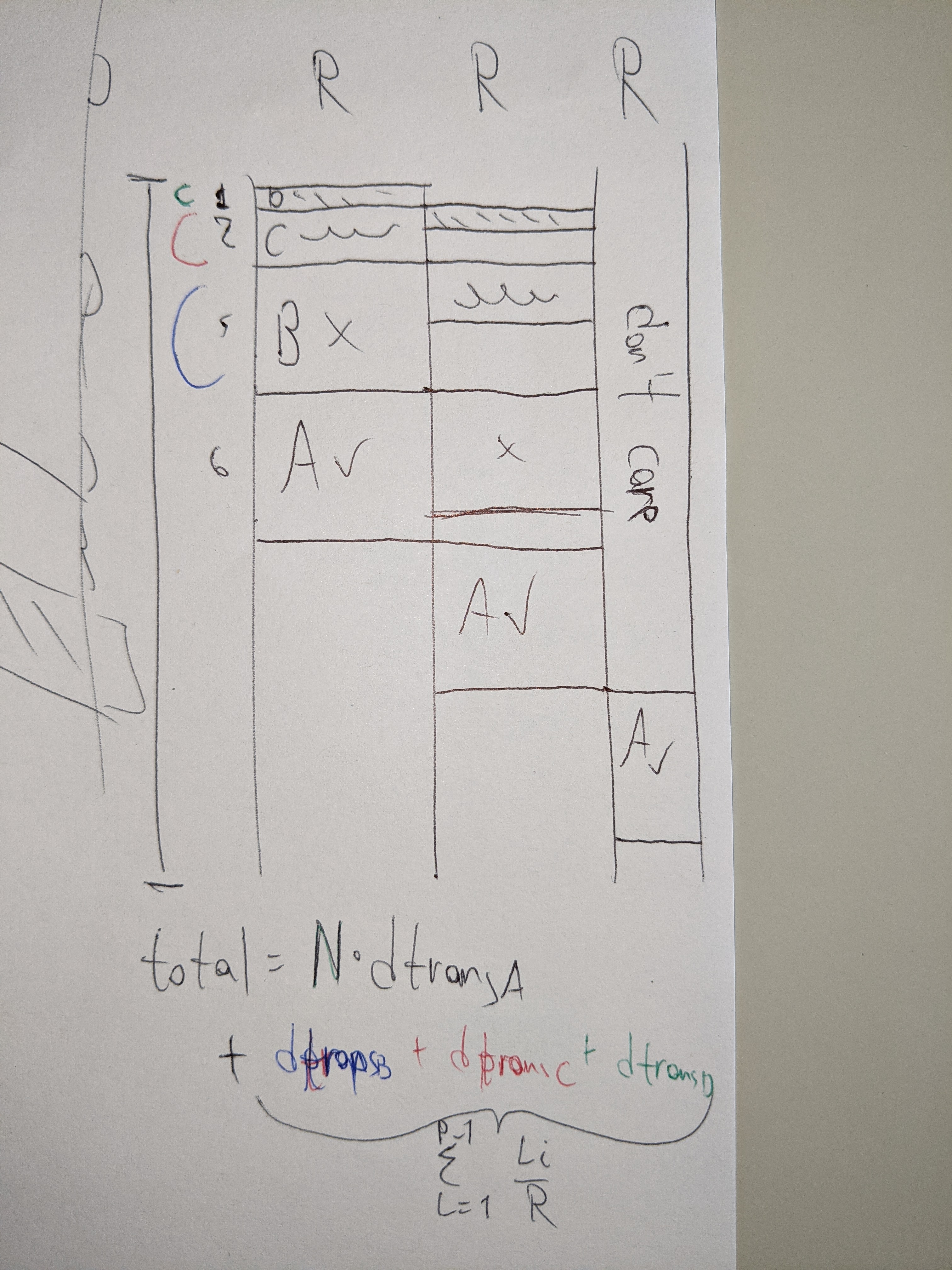1)When asked (page 4) (Circuit Switching):
What is the total transfer time when N is equal to 2, then 3 links?
The formula we are given in general is: n x d-prop + t-transmission 1 + t-transmission 2...
Am i correct to say that if there was no circuit switching in this question then we would also have to multiply
t-transmission 1 + t-transmission 2 by n?
2)When asked (page 8)(Store Forward):
What is the total transfer time with N-1 Switches and P packets of length L1,...LP?
In general, when the packets have different lengths, the order at which the packets are sent may affect the total transfer time. However, this is not the case in this exercise where all links have the same processing and propagation delays, the same transmission rate, and packet-switch buffers are infinite (no packet drops). Thus, the total transfer time is the same as when sending the longer packet, say L1, first and then the rest of the packets."
I don't understand why this makes sense because say L1 to Lp is in decreasing order of size : L1>L2>...LP we know that Queuing time for say L2 would be Transfer Time of L1 - Transfer Time fo L2 .... but if we had LX instead of L1.. this transfer time would obviously vary given it had a different size which in turn affects the queuing delay.
and in the formula of the answer why is it that we multiply Dprop only N times?
